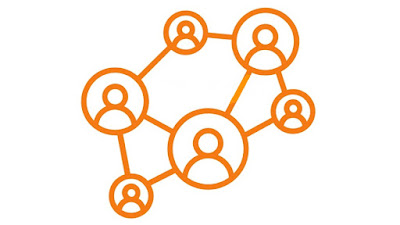Student Wellness, an Imperative
In an era where academic performance often takes precedence, the significance of student wellness can sometimes be overshadowed. However, the importance of prioritizing the well-being of students cannot be overstated. Student wellness encompasses a holistic approach to nurturing both the physical and mental health of individuals within educational settings. It is not merely about ensuring students attend classes and excel academically but also about creating an environment where they can thrive emotionally, socially, and physically. Let's delve into why student wellness is paramount in today's educational landscape.
1. Academic Success and Student Wellness
Contrary to the misconception that academic achievement is solely dependent on rigorous studying and high-pressure environments, research consistently shows that student wellness significantly influences academic success. When students are physically and mentally healthy, they are better equipped to focus, retain information, and perform well academically. Conversely, neglecting wellness can lead to increased stress levels, decreased concentration, and ultimately hindered academic progress.
2. Emotional Well-being and Learning
Emotional well-being is a cornerstone of student wellness. Students who feel emotionally supported and secure are more likely to engage actively in their learning process. By fostering a positive emotional climate within educational institutions, educators can create an environment where students feel comfortable expressing themselves, taking risks, and exploring new ideas. Emotional intelligence and resilience are essential skills that not only contribute to academic success but also prepare students for the challenges they will face beyond the classroom.
3. Social Connections and Community
Human beings are inherently social creatures, and fostering positive social connections is vital for overall well-being. Educational institutions play a crucial role in providing students with opportunities to develop meaningful relationships, both with their peers and with supportive adults such as teachers and counselors. Building a sense of community within schools not only enhances the overall student experience but also provides a vital support network for students to lean on during difficult times.
4. Physical Health and Academic Performance
Physical health is undeniably linked to academic performance. Regular physical activity not only improves overall health but also enhances cognitive function, memory retention, and concentration. Additionally, promoting healthy eating habits and adequate sleep hygiene are essential components of supporting student wellness. Educational institutions can play a proactive role in promoting physical health by providing access to nutritious meals, encouraging regular exercise, and educating students about the importance of self-care practices.
5. Holistic Development and Lifelong Success
Ultimately, prioritizing student wellness is not just about ensuring academic success in the short term but also about nurturing individuals who are equipped to thrive in all aspects of life. By emphasizing holistic development, educational institutions empower students to become resilient, adaptable, and self-aware individuals who are capable of navigating the complexities of the modern world. Investing in student wellness lays the foundation for lifelong success and well-being, extending far beyond the confines of the classroom.
Student wellness is a fundamental component of any successful educational system. By prioritizing the physical, emotional, and social well-being of students, educators can create environments where individuals can truly thrive. Promoting student wellness not only enhances academic performance but also cultivates resilient, empowered individuals who are prepared to lead fulfilling lives. As we continue to strive for excellence in education, let us not forget the importance of nurturing both the minds and bodies of our students. After all, a healthy student is a thriving student.



